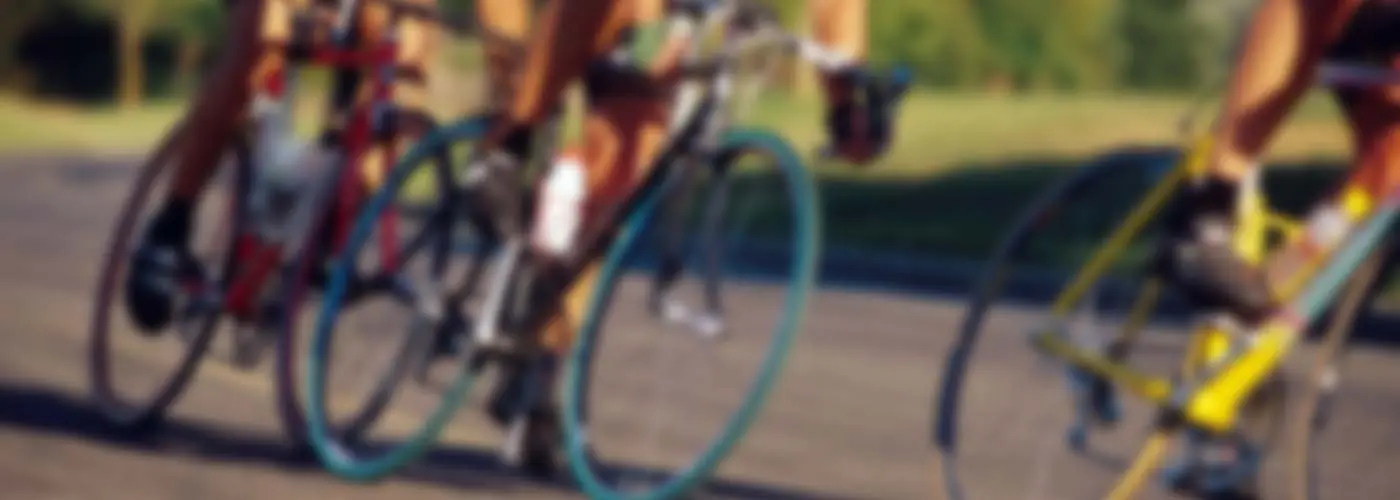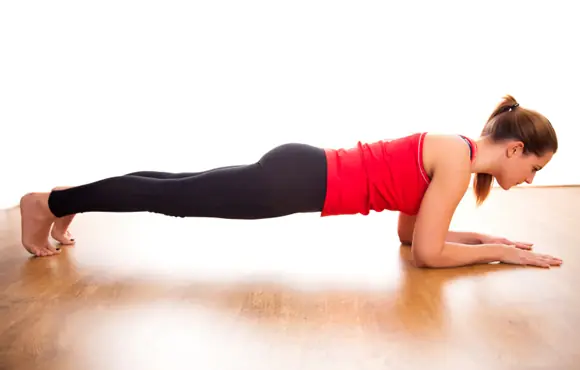Whoever said cycling isn't a contact sport must not have watched the 2008 Giro d'Italia. In the span of three weeks, Alberto Contador busted his elbow, Dave Zabriskie fractured his spine, and CSC teammates Bradley McGee and Stuart O'Grady snapped their collarbones.
The outcomes of these various calamites revealed at least two things: racing bikes is a tough way to earn a paycheck, and no two broken bones are the same. While Zabriskie, O'Grady and McGee dropped out of the Giro, Contador pushed on and won the Italian grand tour.
Understanding Fractures and Breaks
So how can one busted bone be so different from the next? And what's the difference between a fracture and a break anyway?
Well for starters, it's a common misconception that fractures are less serious than breaks. In fact, breaks and fractures are the same thing. Fracture is simply medical jargon for any break in the bone—be it separated or not.
Most cyclists sustain broken bones during a fall, perhaps an ill-fated, out-stretched hand or a sideways hip-slide wipeout. Either way, the rider's momentum trumps the strength of the bone—and snap! Where it breaks, however, is more complicated.
In general, upper extremities are more likely to be injured because riders extend their hands and arms in an attempt to brace the fall. When your hand hits the ground, force is transmitted up the arm until it finds the weakest link. That's why wrist, elbow and collarbone fractures are so common.
In Contador's case, he fractured the radial head where the forearm's radius bone meets the elbow joint. When the resulting shrapnel is still in the same neighborhood (like Contador's), treatment is typically a sling, some motion exercises and a few pain pills.
Displaced fractures, on the other hand, usually require surgery. For McGee and O'Grady, collarbones provided the unwanted shock absorption. The collarbone, a.k.a. clavicle, connects your upper extremities to your trunk sort of like a car's strut connects wheel to frame.
Turns out bicycle accidents are the most common cause of clavicle fractures, though these injuries typically heal on their own as long as the bone edges are stable for four to six weeks. The other option is surgery, where metal plates and screws are installed to hold the bones together. This usually shortens healing time, but the trade-off is an ugly scar and potential second operation to take the metal out.
McGee had been down this road before and decided to have surgery. O'Grady skipped the doctor's visit, and opted to let nature take its course.
A fractured hip is another common cycling injury. Floyd Landis, for instance, washed out his front wheel during a 2003 training ride and needed surgery to fix the break. Unfortunately circulation never returned to normal, and Landis' dead bone eventually had to be replaced.
Spine fractures are less common, but when you collide with a railroad barricade as Zabriskie did, bad things tend to happen. Thirty-one bony building blocks known as vertebrae make up the spine. Their alignment is the basis for posture and balance. While the lumbar vertebrae of the low back are the largest and strongest, they also bear tremendous load as a transition zone from the trunk to the pelvis. Compression forces can overcome the vertebrae's strength, crushing the normal cube shape into a wedge.
Unlike pieces of broken wrist or collarbone, these spinal wedges are often impacted and inherently stable, meaning surgery usually isn't required. Of course Zabriskie was lucky his spinal cord wasn't involved. While it's a painful injury, a little time and patience usually gets you back to normal.
Regardless of what gets broken, bones have a remarkable ability to heal themselves. In as few as two weeks healing is visible via X-ray, and while that process will continue for up to a year, most fractures regain stability within a month.
One last piece of this conversation is cycling's impact on bone density and osteoporosis. In a 2003 study, researchers found that 50-year-old men who rode for 20 years had 10-percent less bone density than their non-cyclist counterparts.
It's tough to say whether this caused the carnage at the Giro, but clearly prevention is paramount. Doctors typically recommend taking in adequate calcium and vitamin D, performing some weight-bearing exercises, and of course, trying to keep the rubber on the road.









Discuss This Article